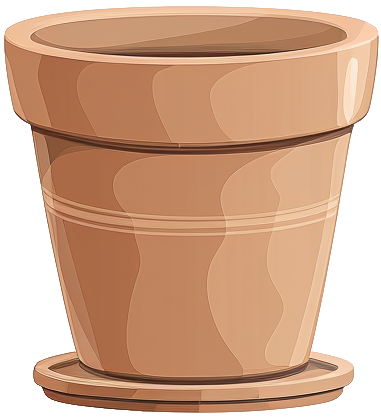- hoya
- 'mathilde'

hoya
'mathilde'
'mathilde'
Care level
Medium
Popularity
Star
Variegation
Splashed pattern
Featuring waxy, heart-shaped leaves with distinctive white splash markings against a green background. It produces small clusters of waxy white flowers with pink centers surrounded by a star-shaped crown.
Care & maintenance
Light
Bright light, usually located near windows but doesn't receive direct rays for more than an hour during the day.
Temperature
Wide range (15°C - 30°C)
Fertilization frequency
Moderate
Monthly during the growing period.
Soil
Choose a Epiphyte mix: An extremely well-draining, airy substrate that mimics tree bark. Allows roots to breathe while providing intermittent moisture.
If you want to create your own substrate, you can make a mixture of the following soils:
Click on the soil name for more information.
Pot

Standard size
Prefer a pot with a classic width/depth ratio.
Incorrect or incomplete information?
In our goal of building the best plant database, we sometimes make mistakes or have incomplete information. You can help us fill these gaps!
Features
Size & growth
Medium
Climbing
Slow growth
This plant grows slowly. It can reach 30 to 90 cm in height or spread.
It grows upwards by attaching to supports or winding around them.
Toxicity
| Human | |||
|---|---|---|---|
| Cat | |||
| Dog |
Reproduction & propagation
Fruits & flowers
Flowering & not self-pollinating
The hoya mathilde can produce flowers and therefore fruits.
This plant is not capable of self-pollination, it will not be able to produce fruits if it is not pollinated by another individual.



